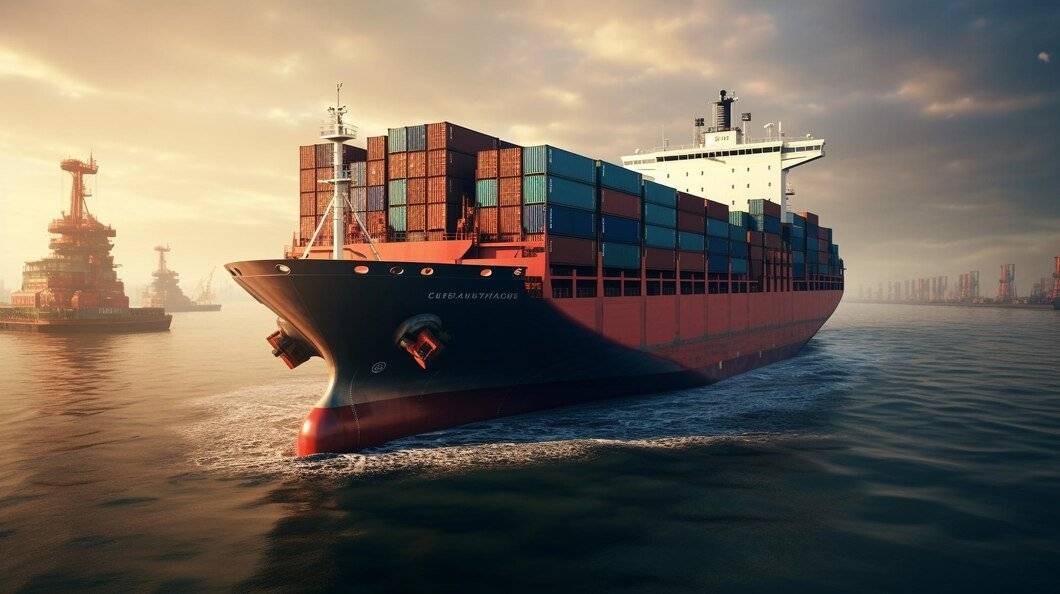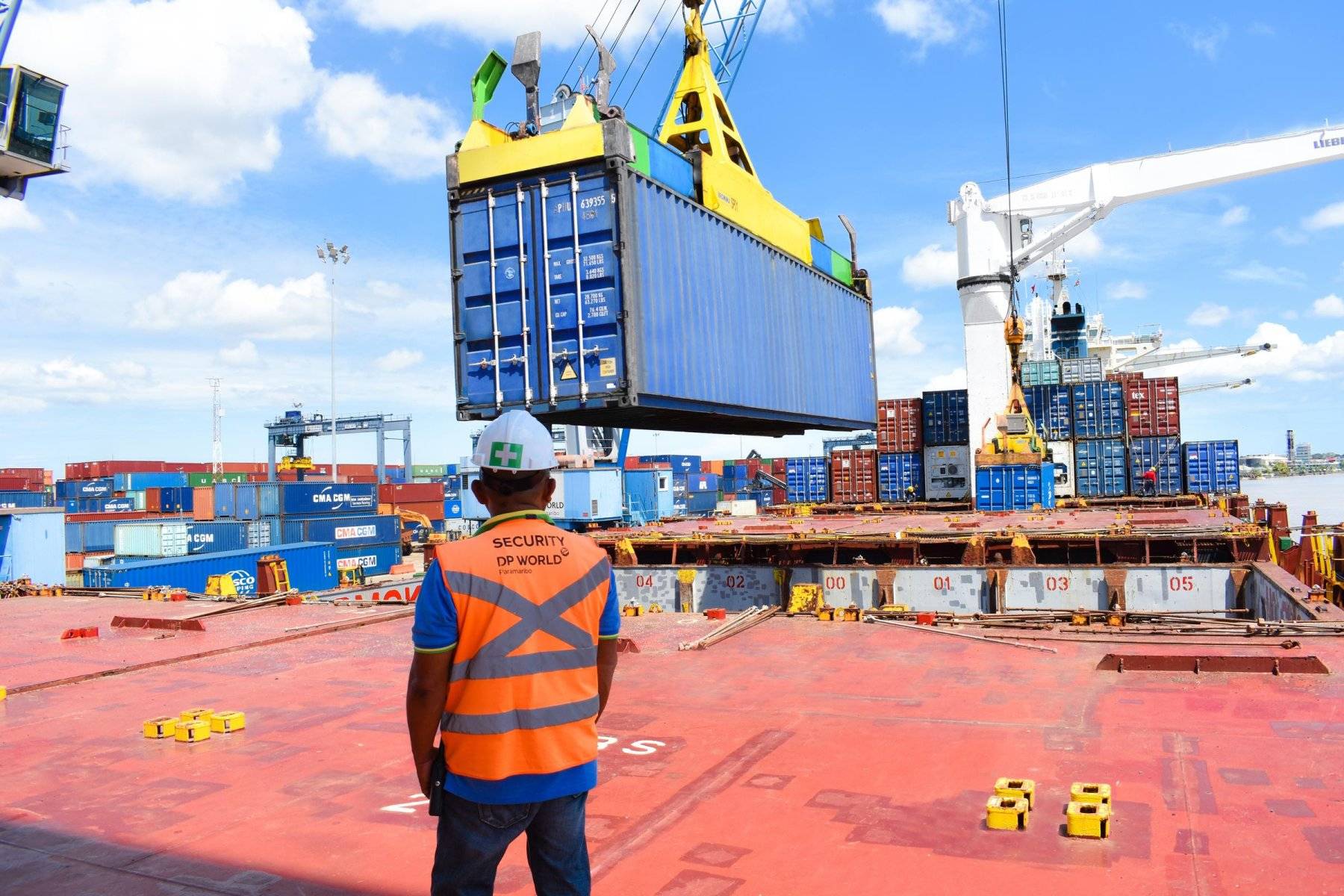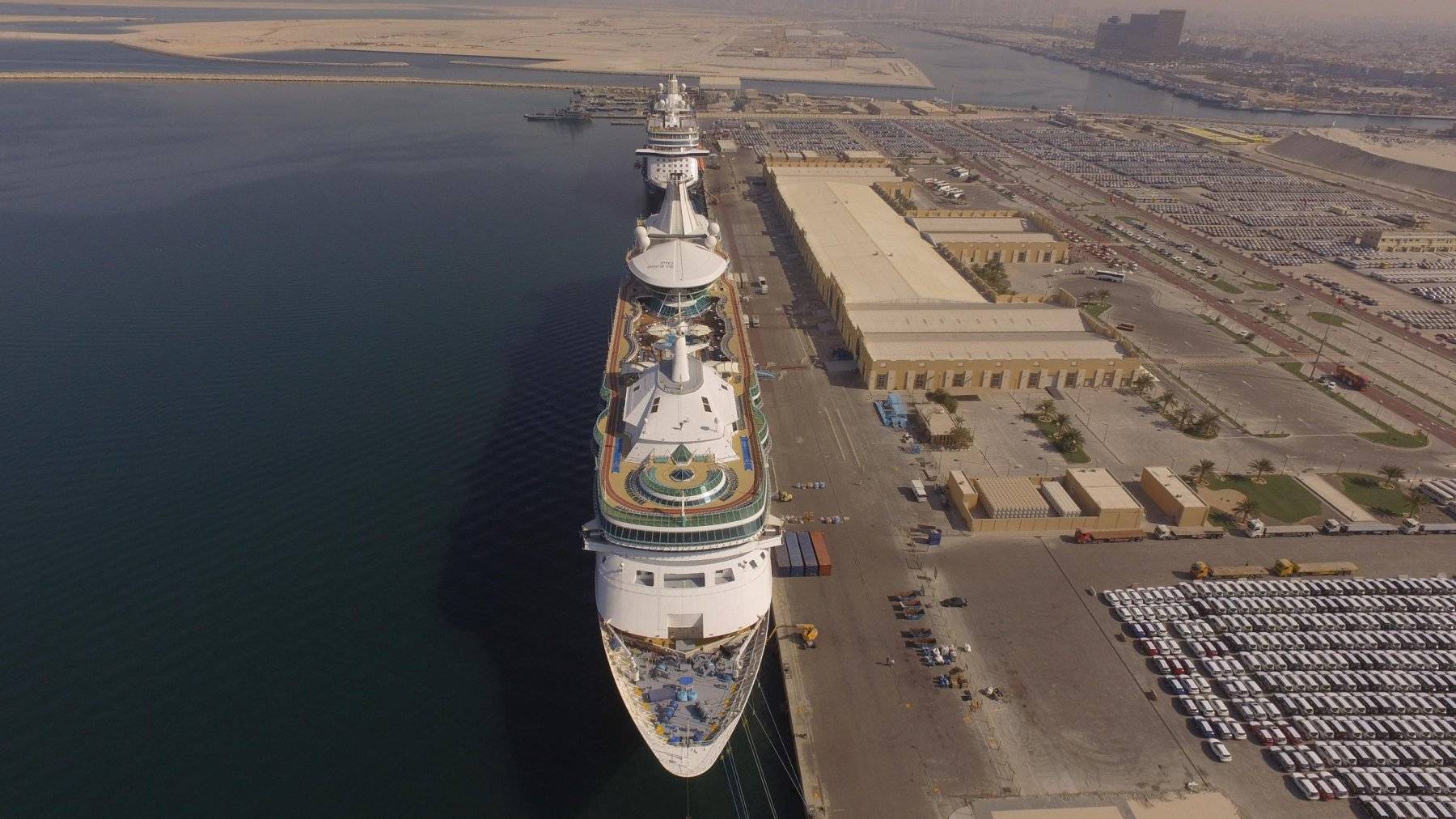Imagine enormous vessels navigating the open sea, guided not by human hands but by cutting-edge AI systems. No longer science fiction: this is the exciting reality of autonomous shipping.
As the world grapples with questions about the impact of automation on labor, responsiveness, and ethics—similar to those faced by autonomous vehicles on land—the autonomous shipping industry is advancing through the work of both established maritime giants and innovative tech start-ups.
With approximately 90% of global trade relying on sea routes and shipping being a major contributor to carbon dioxide emissions, the adoption of autonomous vessels holds the potential to not only revolutionize efficiency and safety but also to align with the United Nations' Sustainable Development Goal 7; Affordable and Clean Energy.
However, it's important to acknowledge that this industry development is not without its challenges, including technical complexities and the ever-present threat of cybersecurity risks. Our team will explain and develop your knowledge of autonomous shipping and provide an overview.

The Emergence of Autonomous Shipping
Autonomous shipping is not a distant dream but an emerging reality. Think about self-driving cars, then scale that up to cargo ships navigating the world's oceans—it's happening.
According to The Maritime Executive, these technological marvels could revolutionize the way we move goods across seas and oceans.
But what sparked this trend? The ongoing digital transformation of the wider shipping and logistics industry is looking for further efficiency and safety gains.
By automating processes onboard vessels with AI and robotics, the aim is to reduce human error—a leading cause of maritime accidents—and optimize operations.
Human operators remain an integral part of the equation. Skilled professionals are needed to design, monitor, maintain, and improve these systems, creating new job opportunities and roles within the industry.
Types of Autonomous Vessels
Autonomous vessels, like the stars in our galaxy, come in many forms. Each has its own unique capabilities and applications.
The first type is Fully Autonomous Ships (FAS). These seafaring marvels can navigate oceans without a crew on board. Imagine it as self-driving cars, but for sea travel. It's like Denmark's autonomous ship that was launched recently.
Then there are Remote-Controlled Ships (RCS). Controlled by operators from land-based centers, these ships remind us of drones—just on a much larger scale.
Semi-Autonomous Ships (SAS), another category, have some automated systems but still need human help for specific tasks. Picture this as having an autopilot mode while still needing a pilot at times.
Last up, we have the Crewed Electric Vessels (CEV). Rather than using fossil fuels, CEV's rely on electricity for power, making them more economical and eco-friendly in the long run.
Role of Artificial Intelligence in Autonomous Shipping
Artificial intelligence (AI) is leading autonomous shipping into a new era. It is more than just the latest buzzword; it is reshaping navigation, operations, and decision-making processes.
AI uses machine learning to predict ship movements accurately. But it can also:
- AIs analyze weather patterns for safer routes,
- Detect faults before they become problems,
- And even optimize fuel consumption to cut costs and emissions.
The result?
AI is transforming logistics. Ships get from A to B faster, safer, and greener. And with McKinsey reporting up to 20% operational savings with AI use, it is clear why the industry is rapidly moving towards an automated future.
Robotics in Autonomous Shipping
Autonomous shipping is not just about AI-driven ships. It is also about the use of robotics for maintenance, cargo handling in the port, and other shipboard tasks.
For example, DP World, UAE Region, a prominent trade facilitator, and DGWorld, a specialist in autonomous vehicles, robotics, and AI enhanced Jebel Ali Port by introducing a fleet of Autonomous Internal Terminal Vehicles (AITVs) in 2020. Powered by Artificial Intelligence, it enables the automation of container movement processes and operations, requiring human intervention only for exceptions or troubleshooting.
Automated systems can also take care of engine checks and even fix issues that pop up mid-voyage. It's a little like having a team of robot mechanics on board 24/7.
Ports and Terminals, as well as leading maritime companies, are already employing these advancements in technology right now. With advancements in machine learning algorithms and sensors, robots are becoming more adept at performing complex tasks in challenging marine environments.

Impact on Business and Global Trade
The wave of autonomous ship technology is reshaping business models in a way that digital transformation has streamlined the retail sector.
McKinsey predicts that this change will lead to increased efficiency, reducing operational costs by up to 40%. That's not just a drop in the ocean; it’s an economic tsunami for global trade.
Companies are now pivoting their strategies towards integrating these technological advancements.
Yet, there are challenges too; adapting supply chains and understanding new maritime laws can feel like navigating uncharted waters.
Autonomous ships are not just altering how goods move across our planet's oceans; they are transforming entire industries, from manufacturing all the way down to local delivery services.
- New technology adoption takes time and investment.
- Cybersecurity becomes even more critical.
- Navigating through regulatory waves needs skilled sailors at the helm.
Challenges and Potential Solutions
The most complex challenge is the regulatory landscape, which has not caught up with the technology yet. Maritime Executive reports that existing laws need to adapt for vessels controlled by AI.
Cybersecurity risks are another concern because ships run on software, they are open to hacking threats. It is crucial we make sure our systems are as secure as possible from these potential cyber-attacks.
We also face technical hurdles in developing reliable AI and robotics capable of managing complex maritime operations. Innovations like AI-driven decision-making tools are laying the groundwork for capable solutions in the near future.
All this might seem daunting, but remember, at one time, cars were a new idea - there were plenty of skeptics at this point in time.
Conclusion
The key message is evident: Autonomous shipping is not a distant dream; it is a tangible reality taking shape within shipping and logistics.
We are witnessing a transformative era where vessels navigate vast oceans autonomously and where the integration of robotics and AI is reshaping every aspect of maritime operations.
This technological revolution extends beyond the maritime domain; it's reshaping global trade and business models. However, it's essential to acknowledge that this journey is not without its challenges, from technical complexities to the ever-present threat of cybersecurity risks.
Despite the challenges, determination and human ingenuity will guide us through these obstacles into a new era of transportation. The future of shipping will be greener and more efficient than ever before.
FAQs in Relation to Autonomous Shipping
What is the meaning of autonomous ship?
An autonomous ship is a vessel that can navigate, operate, and make decisions without human intervention, thanks to AI and robotics.
What is an example of an autonomous ship?
The Yara Birkeland by Norwegian company Yara International ASA is set to be the world's first fully electric and zero-emission autonomous cargo vessel.
How does an autonomous ship work?
Autonomous ships use sensors, GPS data, advanced algorithms, and machine learning to process information in real-time for navigation and operations.
What are the problems with autonomous shipping?
The main issues include regulatory challenges, cybersecurity risks, and technical hurdles like accurate long-distance communication between vessels and control centers.

